Albert Speer was a German architect and Nazi Party official. He was Germany’s weapons minister from 1942 to 1945.
Speer was born on March 19, 1905 to a middle class family in the southwestern German town of Mannheim. In 1918, the family moved to Heidelberg.
Following in his father’s footsteps, he studied architecture, eventually becoming an assistant to Heinrich Tessenov. After graduating, he married Margarete Weber, with whom he had six sons.
In 1930, Speer chanced upon a National Socialist party demonstration. Fascinated by the charisma of Adolf Hitler, he began to embrace Nazi ideals and joined the party.
Hitler rose to power in 1933. Speer was commissioned to restore the building housing the Ministry of Propaganda.
Hitler, satisfied with Speer’s work, appointed him deputy to the party’s chief architect, Paul Troost. Speer and Troost worked on enlarging the Chancellery, Hitler’s office. Speer designed the iconic balcony from which the Führer would later give numerous speeches. Troost died in 1934 and Speer was promoted to chief architect. He was 29.
One of his first tasks was to prepare the stage for the annual Nazi party congress in Nuremberg a few months later. He drew inspiration from the altar of Pergamon, in modern-day Turkey, and designed a lighting system in which 130 anti-aircraft reflectors created spectacular effects.
The Nazi regime’s ambitions matched well with Speer’s majestic style. He soon became one of Hitler’s most loyal collaborators.
Speer also designed the Olympic Stadium for the 1936 Berlin Games. The following year he designed a new Chancellery.
The Führer then commissioned him to create a new master plan for all of Berlin. Speer designed a monumental city with an immense avenue – five kilometers long and 120 meters wide – on which to hold parades. He planned a 250 meter-wide dome at one end of the avenue and a 120 meter tall arch on the other. Speer’s plans ended up gathering dust, interrupted by the outbreak of World War Two in 1939. But Hitler still wanted Speer’s help, and in 1942 named him Minister of Weapons and Munitions. The next year he was put in charge of weapons production.
After the war ended, the victorious Allied powers tried senior Nazi officials. Speer was among them. He was accused of using Nazi concentration camp prisoners as workers in Germany’s weapons factories. He confessed his guilt but did not admit to any active role in the extermination of Jews. He served a 20-year sentence in the prison at Spandau. After his release in 1966, he led a quiet left and wrote a few autobiographical books. He died in London on September 1, 1981. He was 76.
Speer was born on March 19, 1905 to a middle class family in the southwestern German town of Mannheim. In 1918, the family moved to Heidelberg.
Following in his father’s footsteps, he studied architecture, eventually becoming an assistant to Heinrich Tessenov. After graduating, he married Margarete Weber, with whom he had six sons.
In 1930, Speer chanced upon a National Socialist party demonstration. Fascinated by the charisma of Adolf Hitler, he began to embrace Nazi ideals and joined the party.
Hitler rose to power in 1933. Speer was commissioned to restore the building housing the Ministry of Propaganda.
Hitler, satisfied with Speer’s work, appointed him deputy to the party’s chief architect, Paul Troost. Speer and Troost worked on enlarging the Chancellery, Hitler’s office. Speer designed the iconic balcony from which the Führer would later give numerous speeches. Troost died in 1934 and Speer was promoted to chief architect. He was 29.
One of his first tasks was to prepare the stage for the annual Nazi party congress in Nuremberg a few months later. He drew inspiration from the altar of Pergamon, in modern-day Turkey, and designed a lighting system in which 130 anti-aircraft reflectors created spectacular effects.
The Nazi regime’s ambitions matched well with Speer’s majestic style. He soon became one of Hitler’s most loyal collaborators.
Speer also designed the Olympic Stadium for the 1936 Berlin Games. The following year he designed a new Chancellery.
The Führer then commissioned him to create a new master plan for all of Berlin. Speer designed a monumental city with an immense avenue – five kilometers long and 120 meters wide – on which to hold parades. He planned a 250 meter-wide dome at one end of the avenue and a 120 meter tall arch on the other. Speer’s plans ended up gathering dust, interrupted by the outbreak of World War Two in 1939. But Hitler still wanted Speer’s help, and in 1942 named him Minister of Weapons and Munitions. The next year he was put in charge of weapons production.
After the war ended, the victorious Allied powers tried senior Nazi officials. Speer was among them. He was accused of using Nazi concentration camp prisoners as workers in Germany’s weapons factories. He confessed his guilt but did not admit to any active role in the extermination of Jews. He served a 20-year sentence in the prison at Spandau. After his release in 1966, he led a quiet left and wrote a few autobiographical books. He died in London on September 1, 1981. He was 76.
RELATED
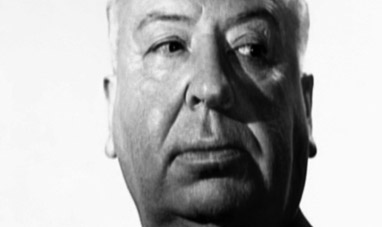

ALFRED HITCHCOCK
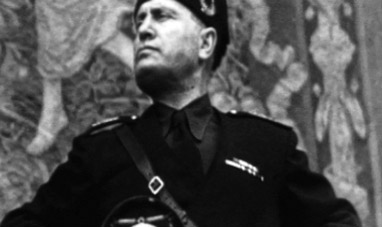

BENITO MUSSOLINI
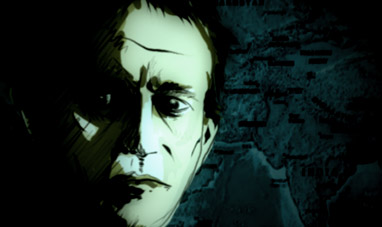

BRUCE CHATWIN
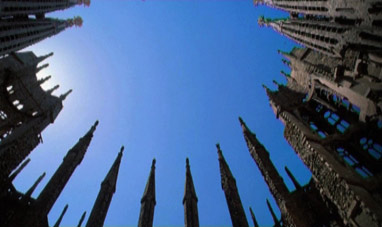

ANTONI GAUDÍ
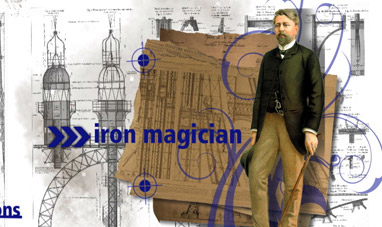

GUSTAVE EIFFEL
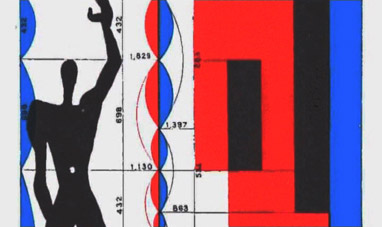

LE CORBUSIER
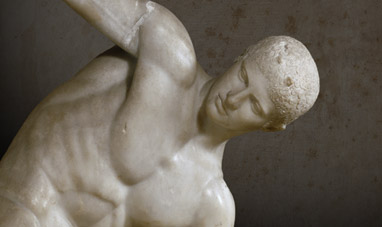

MYRON


PHARRELL WILLIAMS
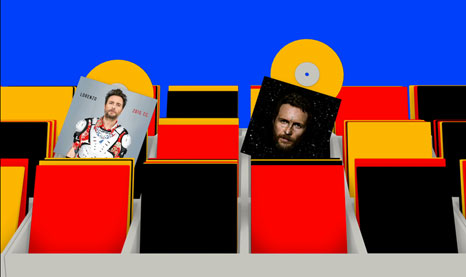

JOVANOTTI


WERNHER VON BRAUN
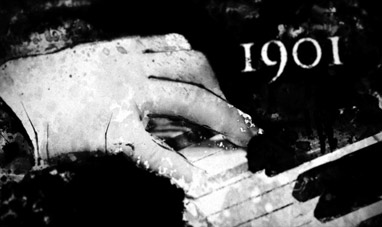

SERGEI RACHMANINOFF


CLAUDE MONET
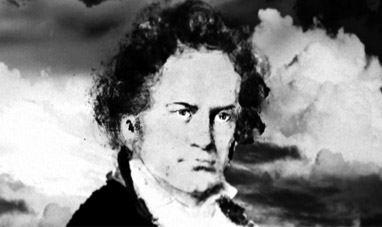

LUDWIG VAN BEETHOVEN


FRANK GEHRY


GIUSEPPE PENONE
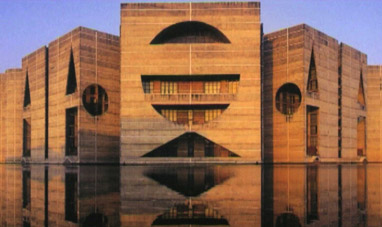

LOUIS KAHN
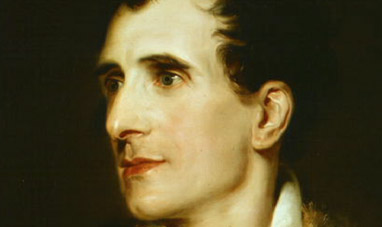

ANTONIO CANOVA
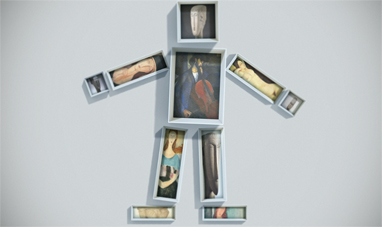

AMEDEO MODIGLIANI
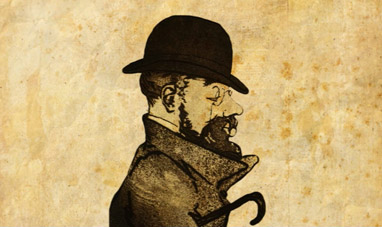

HENRI DE TOULOUSE-LAUTREC
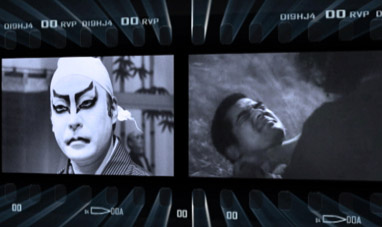

AKIRA KUROSAWA
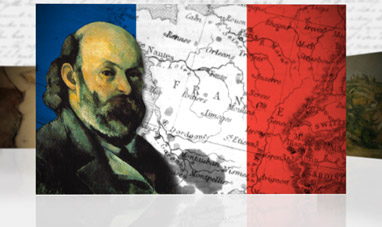

PAUL CÉZANNE
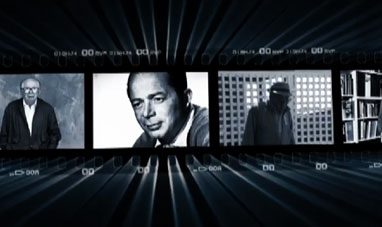

BILLY WILDER
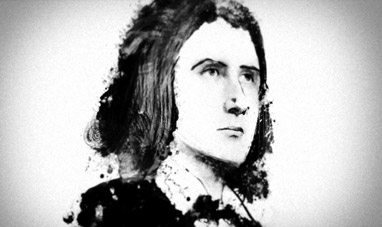

FRANZ LISZT


RAPHAEL
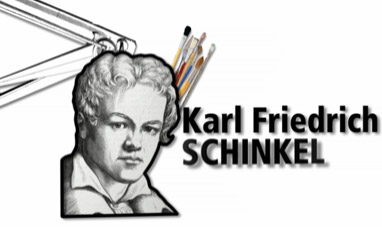

KARL FRIEDRICH SCHINKEL
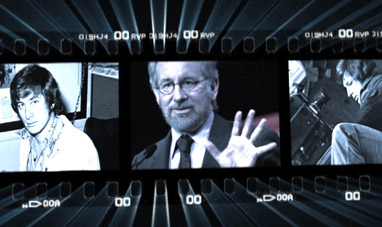

STEVEN SPIELBERG
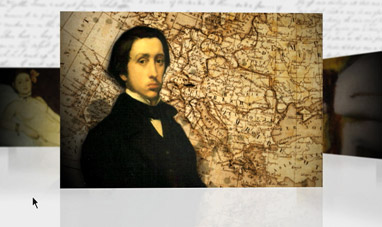

EDGAR DEGAS
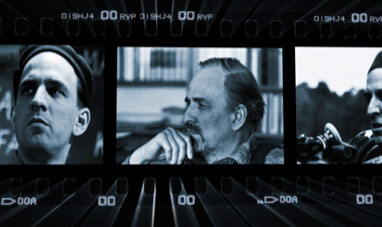

INGMAR BERGMAN
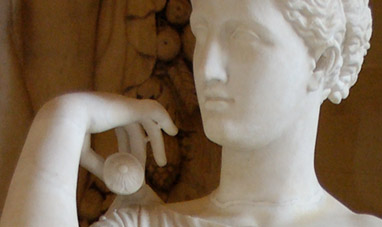

PRAXITELES


RITA HAYWORTH
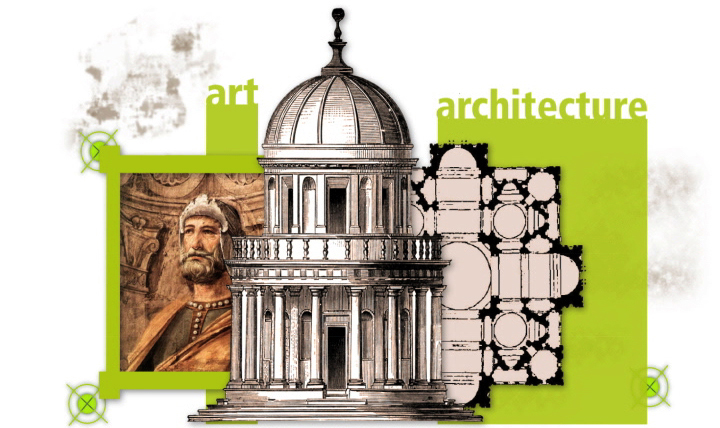

DONATO BRAMANTE
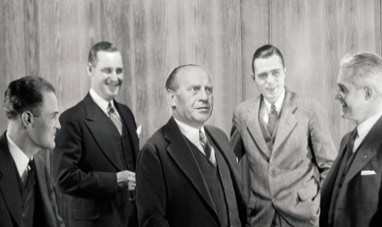

OSKAR SCHINDLER


JEAN AUGUSTE DOMINIQUE INGRES
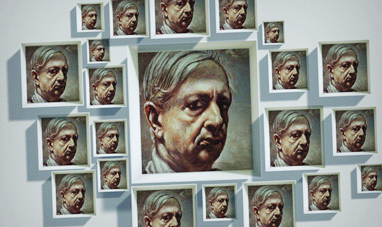

GIORGIO DE CHIRICO


BERTEL THORVALDSEN


ERICH FROMM
